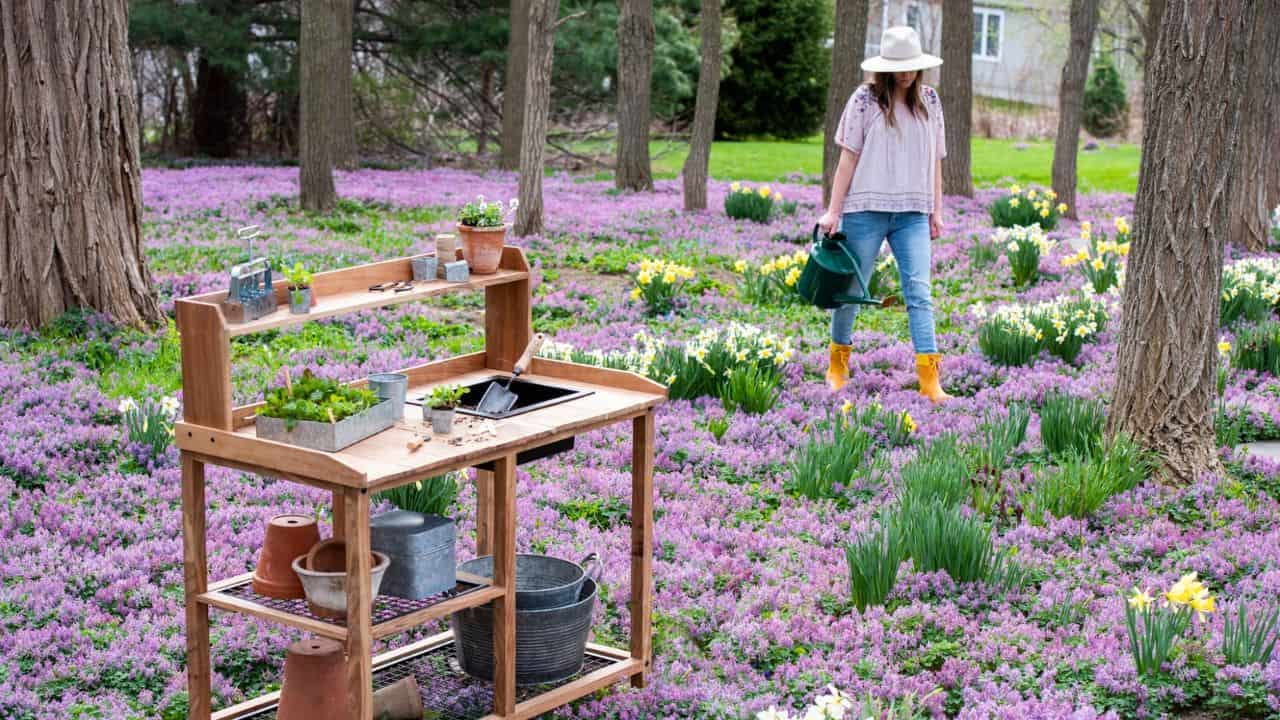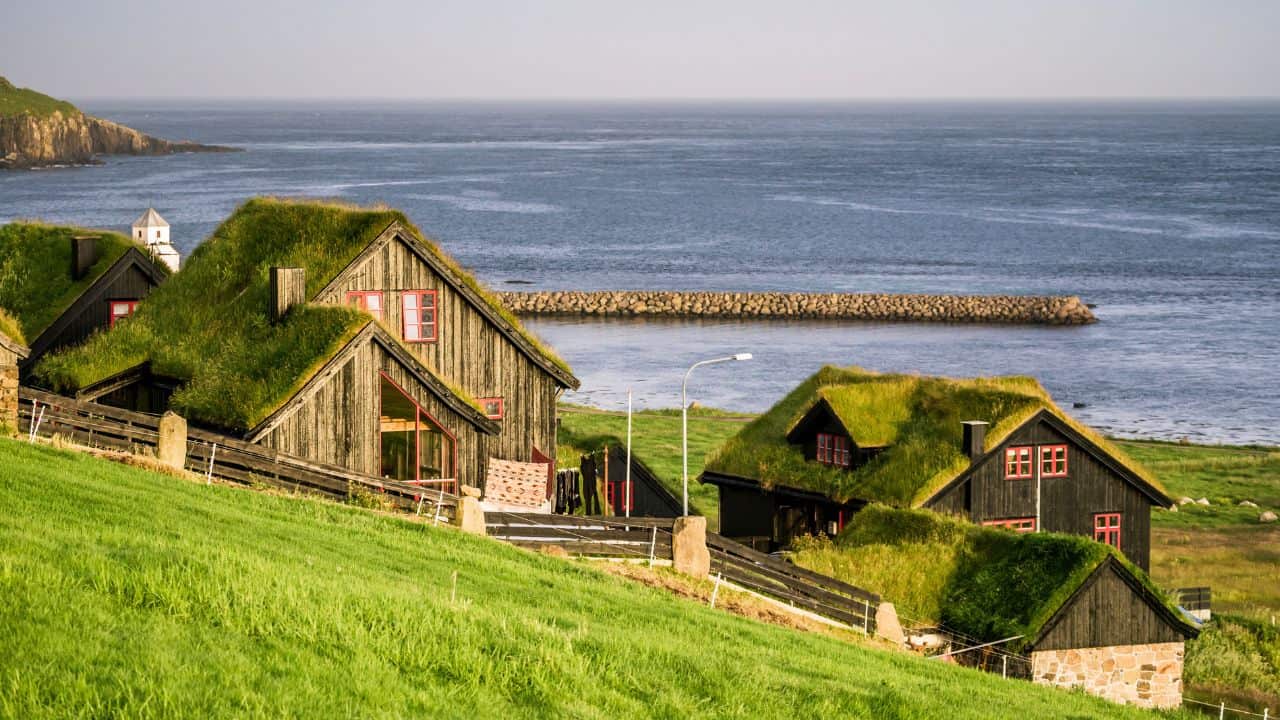Peatlands have been an integral part of the UK for thousands of years.
Once believed to be barren land, the vital role this type of wetlands has on the ecosystem has only recently been discovered.
Now, protecting the UK’s peatlands is of international importance and could become a key player in the fight against climate change.

In this guide, pebble looks at what peatlands are, how they reduce carbon emissions, why they’re being destroyed and what’s being done to save them.
Read on as we dive into questions like:
- What are peatlands?
- Where are peatlands found?
- What type of peatlands are found in the UK?
- Why are peatlands important?
- Why are peatlands being destroyed?
- How do damaged peatlands affect the environment?
- What is being done to save the peatlands?
- What can you do to help?
Here’s what you need to know about UK peatlands.

What are peatlands?
Peatlands are a type of carbon-rich wetlands that are divided into bogs and fens.
The amount and chemical composition of the water entering the system determines the type of peatlands and mires such as acidic sphagnum bogs, large sedges marshes and alkaline fens.
Peatlands in the Northern Hemisphere tend to have vegetation such as mosses, sedges and shrubs. In the tropics, they tend to be forested.
How is peat soil formed?
Peat soil (or simply, peat) is formed in an environment where there is a lot of water, low pH, low oxygen supply and low nutrient content.
These all come together to slow down plant decomposition and as a result, it causes a build-up of partially decomposed plant remains.

Where are peatlands found?
Peatlands cover approximately 3% of the global land surface and they can be found all over the world including in Europe and tropical climates.
In the islands of Borneo and Sumatra, peat swamp forests are vital habitats for wildlife including the Sumatran tiger and orangutans.
Where are peatlands in the UK?
Closer to home, the UK has three million hectares of peatlands, making it one of the top 10 countries in the world for peatland area.
Protecting UK peatlands is of international importance much like the preservation of tropical rainforests.
Important peatlands in the UK include:
Delamere Forest
The bogs at Delamere Forest go all the way back to the last ice age. A lot of them were drained to make way for planting trees.
Forestry England together with Cheshire Wildlife Trust have restored nearly half of the 100 bogs in the forest. They’ve also successfully reintroduced the locally extinct white-faced darter dragonfly.
Border Mires
Border Mires is one of the largest and most important collection of bogs in England. The 55 peat bogs cover over 2,000 hectares of land.
Within them, the Kielder Mires make up an area of two bogs called Grain Heads Moss and Coom Rigg Moss which are national nature reserves and designated Special Areas of Conservation.
New Forest
The New Forest is home to bogs and wetlands that are critical for wildlife as they hold water on the land and prevent flooding further downstream.
Many of the New Forest bogs provide a habitat for rare plants and wildlife that have died out in the rest of England. They’re designated as a Special Area of Conservation too.
Flanders Moss
Flanders Moss Nature Reserve is one of the last remaining intact lowland raised bogs in the UK and it has barely changed in thousands of years.
Lowland raised bogs are particularly vulnerable and one of the most diminished habitats in the UK.
The bog is home to an array of plant species including sphagnum mosses which cover the ground in a colourful carpet of red, orange and shades of green.

What type of peatlands are found in the UK?
There are three broad peatland types in the UK. These are:
Blanket bog
Blanket bogs are globally quite rare, but they’re the most widespread habitat in the UK.
Found mostly in uplands, they’re composed of bog vegetation and fed only by rainfall. This tends to make them acidic and nutrient poor.
Raised bog
Found typically in lowland, raised bogs are characterised by domes of peat rising above the land.
Similar to blanket bogs, they’re fed only by rainfall so they’re composed of bog vegetation. Again, they’re acidic and nutrient poor.
Fens
Fens can be fed by rainwater, groundwater and river water which makes them nutrient rich (and the soil particularly fertile).
This means other plant species grow here as well as bog vegetation.

Why are peatlands important?
Healthy peatlands have a number of key benefits for the environment. In a nutshell, they:
- Have one of the most carbon-rich ecosystems on the planet
- Have a net cooling effect on climate
- Reduce flood risk by slowing water flow from the uplands
- Provide floodplains in the lowland
- Provide fresh water sources and nesting grounds for wildlife
- Are a habitat for rare flora and fauna
In fact, blanket bogs are sometimes called the ‘rainforests of the UK’ thanks to their unique flora and fauna and global rarity as an ecosystem!
How do peatlands mitigate climate change?
Peatlands are the largest natural terrestrial carbon store.
Plants capture CO2 through photosynthesis and since they don’t fully decompose here, the carbon they store is locked in the peat soil rather than released back into the atmosphere.
It’s estimated that the UK peatlands alone have locked in 3.2 billion tonnes of carbon dioxide, proving that they’re vital in the fight against global warming.
However, human activities have turned some peatlands into a net source of greenhouse gas emissions by drying out and digging up the soil.

Why are peatlands being destroyed?
It’s only fairly recently that humans have discovered the natural value of peatlands on biodiversity and as a carbon store.
As recent as the 1970s and 1980s, UK peatlands were seen as unproductive lands that should be drained to provide space for agriculture and other economic development.
Today, around 80% of UK peatlands have been affected by human activities.
The main culprits are:
Agriculture
Farmers have drained large peatland areas across the UK. Upland bogs are typically drained for grazing livestock. Other areas are rotationally burned for grouse shooting.
Lowland peatlands such as fens provide fertile soil for food such as cereals and vegetables.
For example, the East Anglian Fens were drained in the 17th century and they’re now known as the ‘breadbasket of the UK.’
Although it covers less than 4% of England’s farmland area, it produces more than 7% of the country’s agricultural production. It’s also worth £1.23 billion to the UK economy.
Forestry
In the past, peatlands in the Northern Hemisphere were thought to be barren and unproductive lands.
Some upland bogs that couldn’t support agricultural crops were drained to plant trees for timber.
This wasn’t just a UK problem. It’s thought that around 20% of European peatlands are drained for forestry.
By the end of the twentieth century, about 9% of the UK’s deep peats were drained for forestry.
Horticulture
Peat soil is made from partially decayed materials which aren’t particularly nutritious to plants but it can hold water and air. It’s generally free of diseases and pests too.
Peat soil is often extracted from many lowland raised bogs around the UK and Ireland for use in horticultural materials such as compost.

How do damaged peatlands affect the environment?
One of the biggest problems with inflicting damage on peatlands is its effect on global warming.
Where a healthy area of peat is a carbon store, its damaged counterpart actually increases the release of carbon emissions into the atmosphere.
When peatlands are drained or soils removed, the partially decomposed plant materials can finish decomposition. This leads to soil shrinkage and any carbon stored being released into the air.
A study led by the UK Centre for Ecology & Hydrology and the James Hutton Institute estimated that the overall net greenhouse gas emissions from peatlands could be more than around 20 million tonnes of CO2 a year in the UK.
That adds a further 4% to the UK’s estimated total annual carbon footprint.
On a global scale, the carbon emissions resulting from peatland degradation could be around the equivalent of 1-2 billion tonnes of CO2.
However, the problem extends beyond carbon emissions. Draining peatlands reduces land surface to an average of 1cm to 2 cm a year.
Drainage, particularly in lowland peatlands, puts land surface at sea level and at risk of flooding. It also removes the buffer that prevents flooding downstream.
In addition, drying out peat soils allow shrubby vegetation to grow which puts the land at an increased risk of severe wildfires.
Then, of course, there is biodiversity loss attributed to the loss of habitats for rare flora and fauna which causes an imbalance in the ecosystem.

What is being done to save the peatlands?
Thankfully, work is being done to roll back past mistakes now that the full extent of the benefits peatlands provide has been realised.
Many NGOs, private sector organisations and land managers are involved in carrying out peatland restoration projects.
The government has set out a 25 year Defra Environment Plan to help restore the equivalent of 10,613 football pitches of upland and lowland peatlands in England. This includes £10m funding for peatland restoration.
The Scottish Government has already implemented a National Peatland Plan with a pledge to fund a total of £14m to restore Scottish peatlands in 2019.
This isn’t just because of the environmental incentive.
Research published in the journal Global Environmental Change found that restoring Scotland’s peatlands by 2027 would provide ‘an additional £191 million in societal benefits for the country.’
On an industry level, the British government set the horticulture industry targets to phase out the use of peat in England by 2030.
Several gardening and home improvement stores such as B&Q and Wilko now offer peat-free compost.

In agriculture, British farmers are trialling new technologies and techniques to protect peat soils and optimise their potential for growing crops.
One particular technique is wet agriculture – known as paludiculture. This is a wetter form of farming that doesn’t degrade the peat layer. In fact, it could increase it!
This fairly new form of land management in Europe and the UK involves re-wetting areas of peat and stabilising water levels to reduce carbon emissions being released into the atmosphere.
Extensive paludiculture trials are being carried out in the UK. However, it’s not a sustainable farming solution that can be applied everywhere, such as on naturally dry land or natural peat bogs.
It should only be used as a possible tool for farmers to use on abandoned peat extraction sites.
- Check our handy guide: What Is Permaculture?

What can you do to help?
If you’re keen to get involved with restoring UK peatlands, here are a few ways you can help:
Donate
Funding is vital for peatland restoration to be successful.
You can help by donating to non-profits and organisations working on the ground such as National Trust, Scottish Wildlife Trust and RSPB. Local Wildlife Trusts are also important.
Volunteer
The IUCN UK Peatland Programme is dedicated to advocating for and restoring peatlands in the UK. It hosts an annual Bog Day on the fourth Sunday of July.
You can also use its Projects Map to peatland restoration projects and their leaders in your area. Use it to look for volunteering opportunities and other ways to get involved.
Visit
Another great way to show your support is to visit these protected peatlands and nature reserves.
When you do, make sure to stick to marked paths, tread lightly and leave nature undisturbed. Check with local Wildlife Trusts about whether or not your dog can be off the lead.
Petition
Despite the government ban, peatlands are still being set on fire and destroyed by landowners and grouse shooters.
Gaping loopholes and weak enforcement mean it’s unlikely to stop anytime soon. Greenpeace is calling on the government to take proper action to protect our peatlands.
Sign the petition and get your voice heard.
Want to take your understanding one step further?
- Learn more with the best documentaries on conservation or the books to read to discover the UK with
- Understand the complex issues around plastic pollution
- Find out where to find some of the most grad forests in the UK or which serene nature reserves to go to
- Discover how our seagrass meadows are the key to a Zero Net UK
- See what you can do to help conservationists with these great apps










